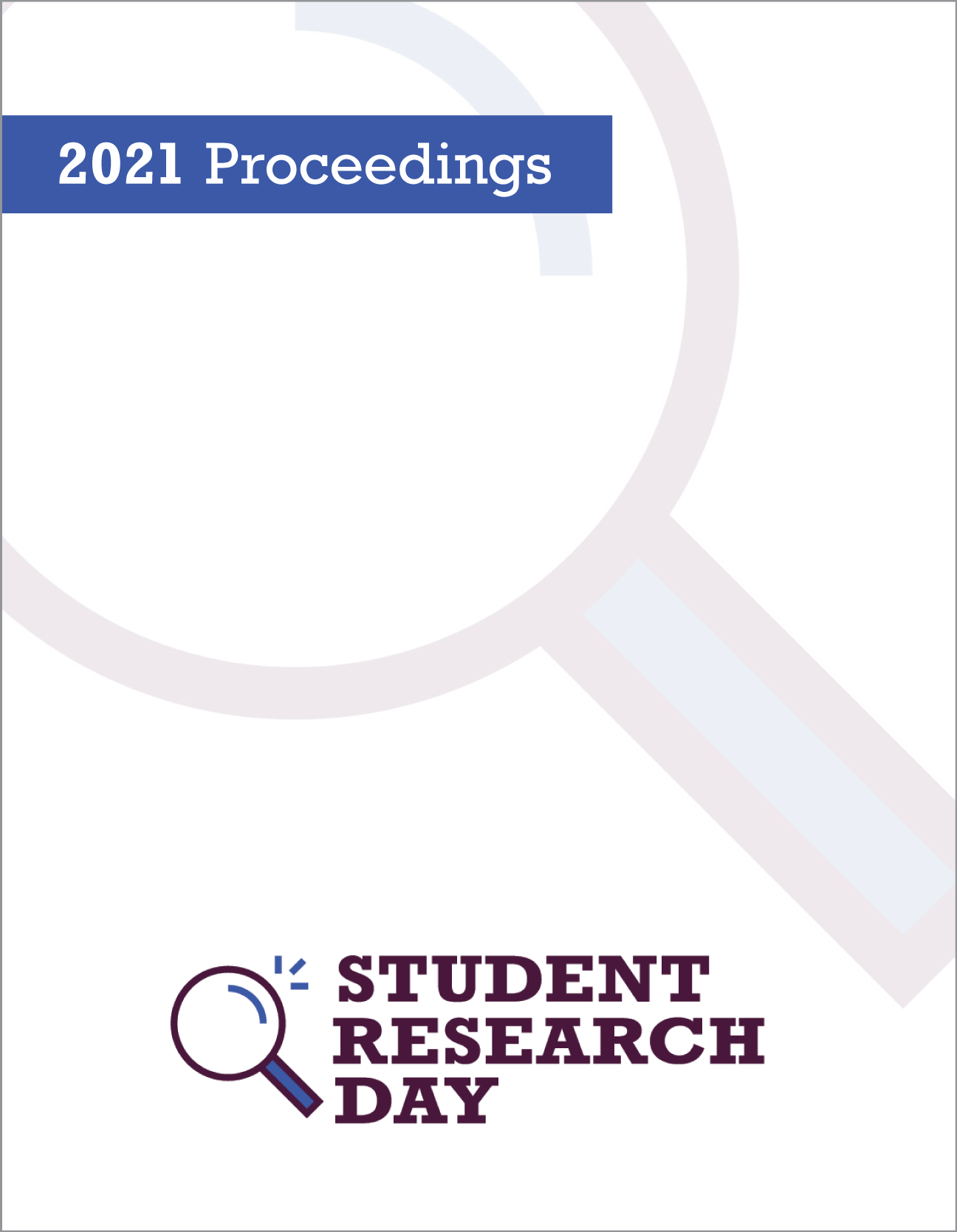“Anthem” By Ayn Rand (Book Design)
Abstract
Ayn Rand’s novella “Anthem” takes place in a future society where mankind has entered another Dark Age. In this dystopian society, it is sinful to think of oneself as an individual. The principle of collectivism (serving the state) is the sole guiding force for one’s purpose in life; the dictatorship government controls every aspect of people’s personal lives. Equality 7-2521 narrates and speaks in terms of “we” throughout the text to emphasize societal expectations. Designated as a Street Sweeper in his society, Equality 7-2521 is conflicted between obeying his society’s strict collective code and committing sinful acts such as journal writing, wishing for a different vocation, keeping secrets, thinking scientific thoughts, experimenting with discarded scientific tools, desiring a young woman, changing her name, and wondering about the Unspeakable Word of the past. After sharing an invention with his society’s brightest minds and seeing their fear of change, he decides to go on a forbidden journey of self-discovery which will impact his life and the lives of others for generations to come. Alegreya typeface, used for the interior text, has both a traditional and modern edge to its design. It is easy to read and projects a serious tone which fits well with the theme of the novella. Alegreya has also been used in the book’s images to emphasize the serious nature of conforming to collectivism. Images repeating the word “WE” reflect the lack of individualism in Equality 7-2521’s world. Everyone lacks a voice and must follow what the World Council says. Images reflecting the slow disintegration of the “WE[‘s]” emphasize Equality 7-2521’s evolving nature as he embarks on a journey to find himself as an individual. Once Equality 7-2521 has found his own identity and has separated himself from the collective brotherhood, an image repeating the word “I” appears. Although a white background has typically been used to reflect the repetitive words, a black background with repetitive white type is used at key moments to signify when the plot starts, changes, and ends.The Economica typeface has been chosen for the title, part titles, running headers, bottom page numbers, and the beginning few words at the start of each part. This typeface adds a futuristic element and complements the main text’s Alegreya typeface. Since most of the novella depicts a bleak dystopian future for mankind, a black hazy background dominates the cover. People in the futuristic society have returned to the Dark Ages filled with ignorance and a fear of punishment. The coldness and rough texture of a brick wall emphasize the rigidity of a society which denies its citizens any freedoms. On the back cover, an excerpt from the novella appears in the Economica typeface followed by a summary to entice readers to explore this fictional dystopian society. Below the summary, there is a hint of a literal and metaphorical light providing some hope for mankind to emerge out of the darkness. In the novella “Anthem,” the main character Equality 7-2521 invents a new type of light by running electricity through a copper wire. The red glowing copper wire appearing on the back and front covers coils up to form the base of the burning light bulb image at the end of the novella’s title. The glowing copper wire separates the author’s name (at the bottom) from the title. The copper wire draws the reader’s eye upwards leaving a red tint to the right sides of the dark “ANTHE” lettering of the novella’s title. Becoming the filament component which heats up the light bulb, the “M” of the novella’s title also stresses the importance of moving forward with moral purpose and developing an individual man’s ego rather than pursuing a collective identity. Like the positioning of the glowing bulb at the end of the novella’s title, the narrator does not fully comprehend the importance of individuality until close to the end of the novella.
Department: Design Studies
Faculty Mentor: Constanza Pacher
Published
Issue
Section
License
Authors retain any and all existing copyright to works contributed to these proceedings.



